LONDON • London is the capital








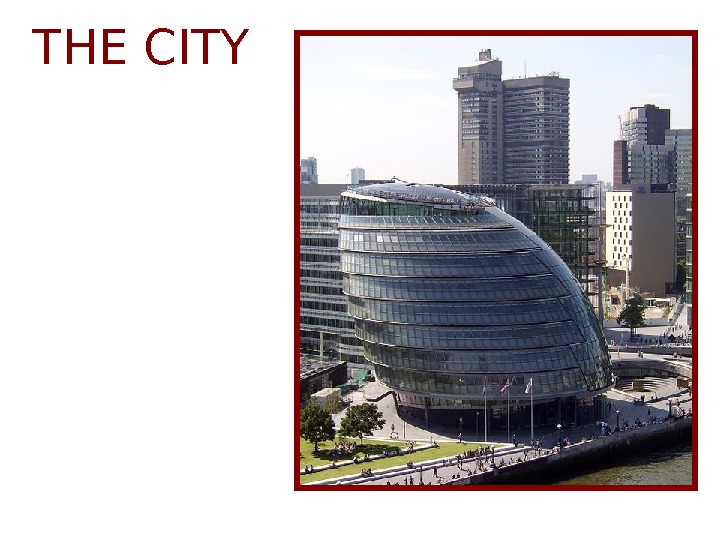





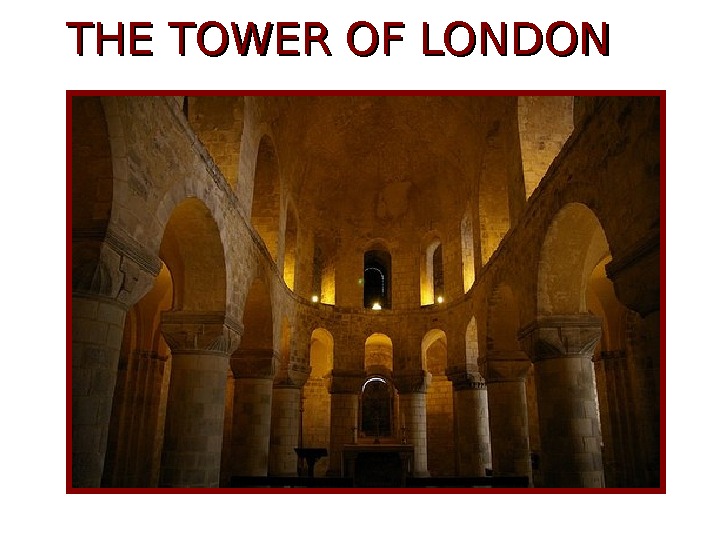

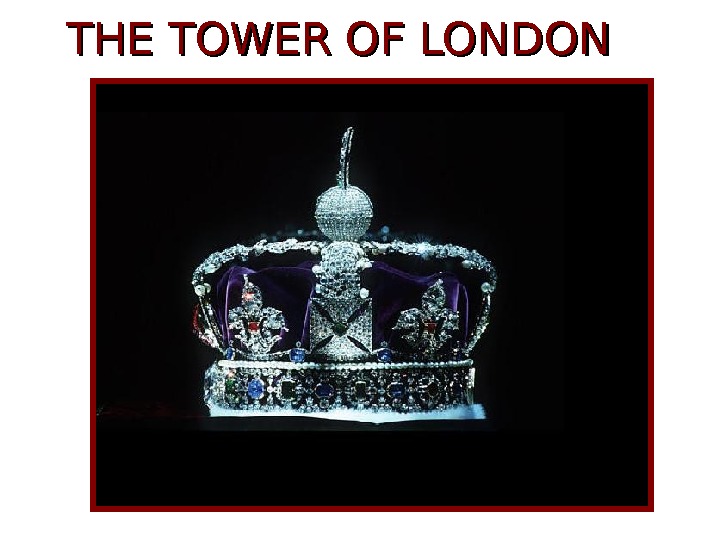






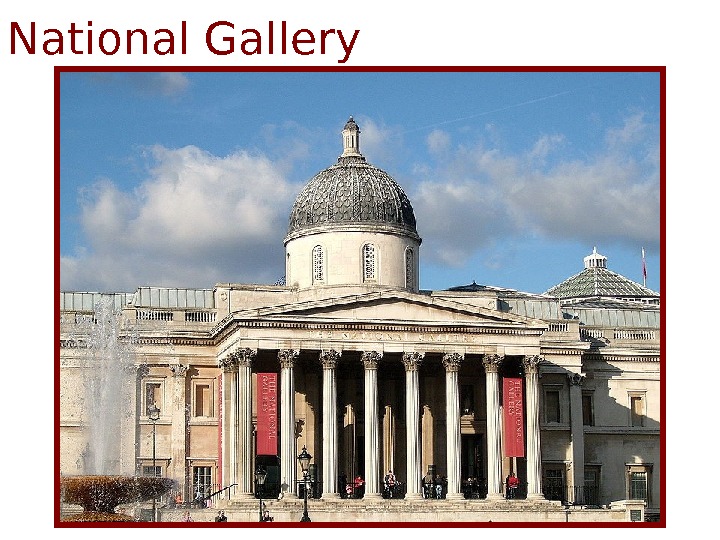
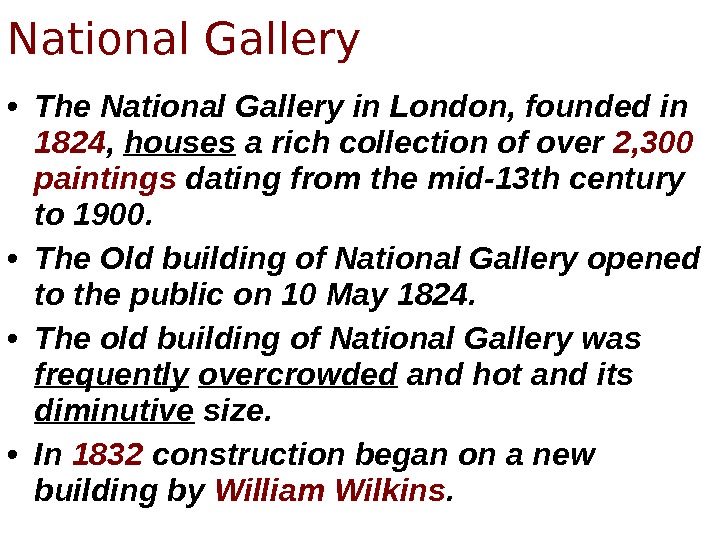







325014_194fe_prezentaciya_o_londone_na_angliyskom_yazyke_london.ppt
- Размер: 2.3 Mегабайта
- Количество слайдов: 31
Описание презентации LONDON • London is the capital по слайдам

 LONDON
LONDON
 • London is the capital of England the United Kingdom (UK). It is the UK’s largest and most populous metropolitan area and the largest urban zone in the European Union by most measures. • London is one of the world’s largest financial centres. • It is a major tourist destination for both domestic and overseas visitors. • London has a diverse range of peoples, cultures, and religions, and more than 300 languages are spoken within its boundaries. • In July 2007 it had an official population of 7, 556, 900 within the boundaries of Greater London , making it the most populous municipality in the European Union.
• London is the capital of England the United Kingdom (UK). It is the UK’s largest and most populous metropolitan area and the largest urban zone in the European Union by most measures. • London is one of the world’s largest financial centres. • It is a major tourist destination for both domestic and overseas visitors. • London has a diverse range of peoples, cultures, and religions, and more than 300 languages are spoken within its boundaries. • In July 2007 it had an official population of 7, 556, 900 within the boundaries of Greater London , making it the most populous municipality in the European Union.
 • The Greater London Urban Area has a population of 8, 278, 251 while the metropolitan area has an estimated total population of between 12 million and 14 million. • London Heathrow Airport is the world’s busiest airport by number of international passengers. • The first major settlement was founded by the Romans in 43 AD. • London became home to a large number of immigrants , largely from Commonwealth countries such as Jamaica , India , Bangladesh and Pakistan , making London one of the most diverse cities in Europe.
• The Greater London Urban Area has a population of 8, 278, 251 while the metropolitan area has an estimated total population of between 12 million and 14 million. • London Heathrow Airport is the world’s busiest airport by number of international passengers. • The first major settlement was founded by the Romans in 43 AD. • London became home to a large number of immigrants , largely from Commonwealth countries such as Jamaica , India , Bangladesh and Pakistan , making London one of the most diverse cities in Europe.
 THE CITY
THE CITY
 • The City of London is a small area within Greater London. • It is the historic core of London around which the modern city grew. • The City is today a major business and financial centre. There are over 500 banks with offices in the City. THE CITY
• The City of London is a small area within Greater London. • It is the historic core of London around which the modern city grew. • The City is today a major business and financial centre. There are over 500 banks with offices in the City. THE CITY
 THE CITY
THE CITY
 THE CITY
THE CITY

 THE TOWER OF LONDON
THE TOWER OF LONDON
 • Her Majesty’s Royal Palace and Fortress , known as the Tower of London (and historically as The Tower ), is a historic fortress in central London, on the north bank of the River Thames. • The tower’s primary function was a fortress , a royal palace , and a prison (particularly for high status and royal prisoners, such as the Princes in the Tower and the future Queen Elizabeth I). • It has also served as a place of execution and torture , an armoury , a treasury , the Royal Mint , a public records office , an observatory , and since 1303, the home of the Crown Jewels of the United Kingdom. THE TOWER OF LONDON
• Her Majesty’s Royal Palace and Fortress , known as the Tower of London (and historically as The Tower ), is a historic fortress in central London, on the north bank of the River Thames. • The tower’s primary function was a fortress , a royal palace , and a prison (particularly for high status and royal prisoners, such as the Princes in the Tower and the future Queen Elizabeth I). • It has also served as a place of execution and torture , an armoury , a treasury , the Royal Mint , a public records office , an observatory , and since 1303, the home of the Crown Jewels of the United Kingdom. THE TOWER OF LONDON
 THE TOWER OF LONDON
THE TOWER OF LONDON
 THE TOWER OF LONDON • At the centre of the Tower of London stands the White Tower built in 1078.
THE TOWER OF LONDON • At the centre of the Tower of London stands the White Tower built in 1078.
 THE TOWER OF LONDON
THE TOWER OF LONDON
 • Executions • Lower-class criminals were usually executed by hanging at one of the public execution sites outside the Tower. High-profile convicts were publicly beheaded on Tower Hill. Some were beheaded on Tower Green, inside the complex, and then buried there. • Crown Jewels • The Crown Jewels have been kept at the Tower of London since 1303. • Ghosts • The Tower of London is reputedly the most haunted building in England. THE TOWER OF LONDON
• Executions • Lower-class criminals were usually executed by hanging at one of the public execution sites outside the Tower. High-profile convicts were publicly beheaded on Tower Hill. Some were beheaded on Tower Green, inside the complex, and then buried there. • Crown Jewels • The Crown Jewels have been kept at the Tower of London since 1303. • Ghosts • The Tower of London is reputedly the most haunted building in England. THE TOWER OF LONDON
 THE TOWER OF LONDON
THE TOWER OF LONDON
 TOWER BRIDG
TOWER BRIDG
 • It is close to the Tower of London, which gives it its name. • Construction started in 1886 and took eight years. • The bridge was officially opened on 30 June 1894. • The bridge is 800 feet ( 244 m ) in length with two towers each 213 feet ( 65 m ) high. • The total cost of construction was £ 1, 184, 000[6] (£ 96. 6 million as of 2010 ). TOWER BRIDG
• It is close to the Tower of London, which gives it its name. • Construction started in 1886 and took eight years. • The bridge was officially opened on 30 June 1894. • The bridge is 800 feet ( 244 m ) in length with two towers each 213 feet ( 65 m ) high. • The total cost of construction was £ 1, 184, 000[6] (£ 96. 6 million as of 2010 ). TOWER BRIDG

 St Paul’s Cathedral
St Paul’s Cathedral
 • The present building dates from the 17 th century and was designed by Sir Christopher Wren. • The cathedral is one of London’s most famous and most recognisable sights. At 365 feet ( 111 m ) high, it was the tallest building in London from 1710 to 1962, and its dome is also among the highest in the world. • St Paul’s Cathedral today is a busy working church. Daily services are held every day to which all are welcome to attend. Whilst the Cathedral charges for those who wish to sightsee , it does not charge for people who want to worship. Those attending services at St Paul’s do so at no cost. People seeking a place to be quiet and pray are admitted to the St Dunstan’s Chapel free of charge. Admission on Sundays for all services is free and there is no sightseeing. St Paul’s Cathedral
• The present building dates from the 17 th century and was designed by Sir Christopher Wren. • The cathedral is one of London’s most famous and most recognisable sights. At 365 feet ( 111 m ) high, it was the tallest building in London from 1710 to 1962, and its dome is also among the highest in the world. • St Paul’s Cathedral today is a busy working church. Daily services are held every day to which all are welcome to attend. Whilst the Cathedral charges for those who wish to sightsee , it does not charge for people who want to worship. Those attending services at St Paul’s do so at no cost. People seeking a place to be quiet and pray are admitted to the St Dunstan’s Chapel free of charge. Admission on Sundays for all services is free and there is no sightseeing. St Paul’s Cathedral
 St Paul’s Cathedral
St Paul’s Cathedral
 National Gallery
National Gallery
 • The National Gallery in London, founded in 1824 , houses a rich collection of over 2, 300 paintings dating from the mid-13 th century to 1900. • The Old building of National Gallery opened to the public on 10 May 1824. • The old building of National Gallery was frequently overcrowded and hot and its diminutive size. • In 1832 construction began on a new building by William Wilkins. National Gallery
• The National Gallery in London, founded in 1824 , houses a rich collection of over 2, 300 paintings dating from the mid-13 th century to 1900. • The Old building of National Gallery opened to the public on 10 May 1824. • The old building of National Gallery was frequently overcrowded and hot and its diminutive size. • In 1832 construction began on a new building by William Wilkins. National Gallery
 Bank of England
Bank of England
 • The Bank of England is the central bank of the whole of the United Kingdom. It was established in 1694. • The Bank’s headquarters has been located in London’s main financial district , the City of London. • The Bank has a monopoly on the issue of banknotes. The Bank of England has issued banknotes since 1694. Notes were originally hand-written; although they were partially printed from 1725 onwards. Notes were fully printed from 1855. Until 1928 all notes were «White Notes», printed in black. Bank of England
• The Bank of England is the central bank of the whole of the United Kingdom. It was established in 1694. • The Bank’s headquarters has been located in London’s main financial district , the City of London. • The Bank has a monopoly on the issue of banknotes. The Bank of England has issued banknotes since 1694. Notes were originally hand-written; although they were partially printed from 1725 onwards. Notes were fully printed from 1855. Until 1928 all notes were «White Notes», printed in black. Bank of England
 British Library
British Library
 • The British Library (BL) is the national library of the United Kingdom. It is located in London and is one of the world’s largest research libraries, holding over 150 million items in all known languages and formats; books, journals, newspapers, magazines, sound and music recordings, patents, databases, maps, stamps, prints, drawings and much more. Its book collection is second only to the American Library of Congress. The Library’s collections include around 25 million books, along with substantial additional collection of manuscripts and historical items dating back as far as 300 BC. • The BL receives copies of all books produced in the United Kingdom and the Republic of Ireland, including all foreign books distributed in the UK. It also purchases many items which are only published outside Britain and Ireland. The British Library adds some three million items every year. British Library
• The British Library (BL) is the national library of the United Kingdom. It is located in London and is one of the world’s largest research libraries, holding over 150 million items in all known languages and formats; books, journals, newspapers, magazines, sound and music recordings, patents, databases, maps, stamps, prints, drawings and much more. Its book collection is second only to the American Library of Congress. The Library’s collections include around 25 million books, along with substantial additional collection of manuscripts and historical items dating back as far as 300 BC. • The BL receives copies of all books produced in the United Kingdom and the Republic of Ireland, including all foreign books distributed in the UK. It also purchases many items which are only published outside Britain and Ireland. The British Library adds some three million items every year. British Library
 • The Library is open to everyone who has a need to use its collections. Anyone with a permanent address who wishes to carry out research can apply for a Reader Pass ; they are required to provide proof of signature and address for security purposes. • The British Library makes a number of images of items within its collections available online. • The British Library Sound Archive holds more than a million discs and 200, 000 tapes. The collections come from all over the world and cover the entire range of recorded sound from music , drama and literature to oral history and wildlife sounds , stretching back over more than 100 years. • It is also possible to listen to recordings from the collection in selected Reading Rooms in the Library through their S ound. Server and Listening and Viewing Service. • The Library has an almost complete collection of British and Irish newspapers since 1840. This is because newspapers are required to supply a copy of each edition of a newspaper to the library. British Library
• The Library is open to everyone who has a need to use its collections. Anyone with a permanent address who wishes to carry out research can apply for a Reader Pass ; they are required to provide proof of signature and address for security purposes. • The British Library makes a number of images of items within its collections available online. • The British Library Sound Archive holds more than a million discs and 200, 000 tapes. The collections come from all over the world and cover the entire range of recorded sound from music , drama and literature to oral history and wildlife sounds , stretching back over more than 100 years. • It is also possible to listen to recordings from the collection in selected Reading Rooms in the Library through their S ound. Server and Listening and Viewing Service. • The Library has an almost complete collection of British and Irish newspapers since 1840. This is because newspapers are required to supply a copy of each edition of a newspaper to the library. British Library
 British MUSEUM
British MUSEUM
 • The British Museum is a museum of human history and culture situated in London. Its collections, which number more than seven million objects , are amongst the largest in the world and originate from all continents, illustrating and documenting the story of human culture from its beginning to the present. • The British Museum was established in 1753. • The museum first opened to the public on 15 January 1759. • Though principally a museum of cultural art objects and antiquities today, the British Museum was founded as a «universal museum». • The British Museum was the first of a new kind of museum — national, freely open to the public and aiming to collect everything. British MUSEUM
• The British Museum is a museum of human history and culture situated in London. Its collections, which number more than seven million objects , are amongst the largest in the world and originate from all continents, illustrating and documenting the story of human culture from its beginning to the present. • The British Museum was established in 1753. • The museum first opened to the public on 15 January 1759. • Though principally a museum of cultural art objects and antiquities today, the British Museum was founded as a «universal museum». • The British Museum was the first of a new kind of museum — national, freely open to the public and aiming to collect everything. British MUSEUM

